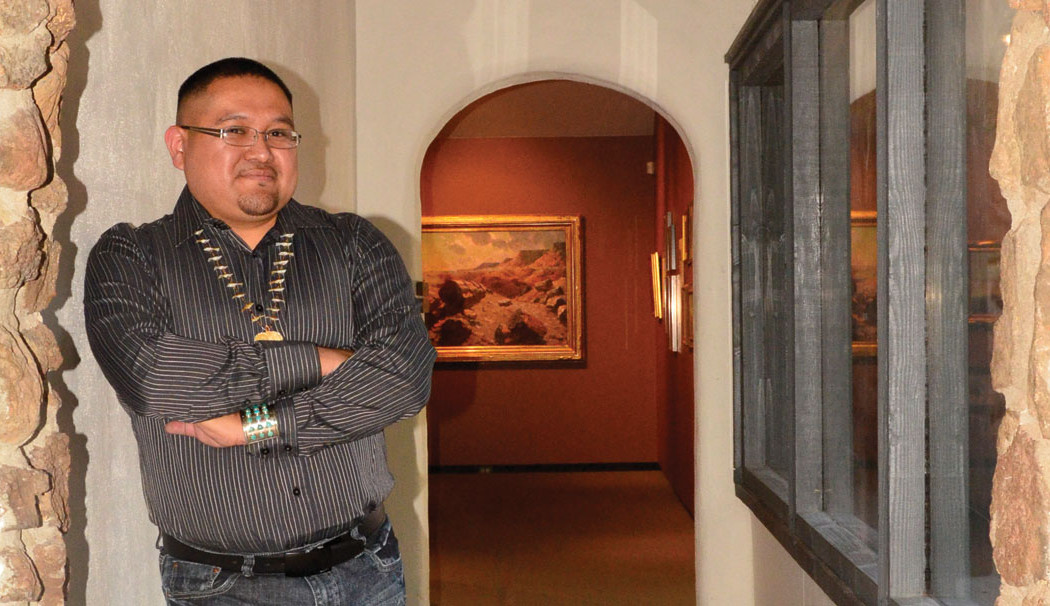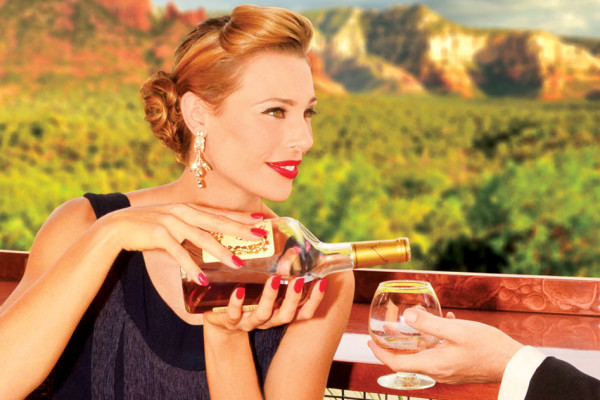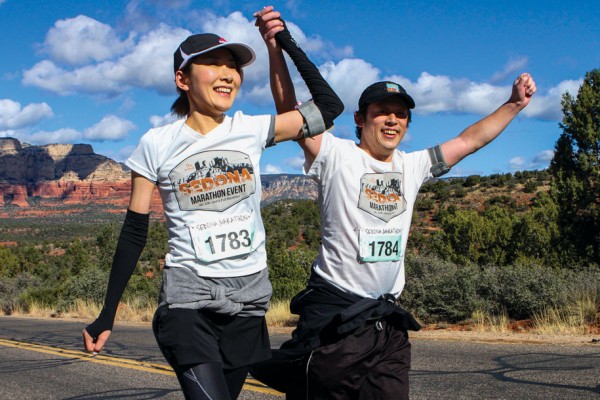In a remote corner of western New Mexico, near the border of Arizona, sits the 450,000-acre Zuni Pueblo. It’s the largest of New Mexico’s 19 pueblos and, according to the Zuni Department of Tourism, 80 percent of the pueblo’s inhabitants make a living by creating art. Sedona Monthly continues its annual series on Native American artists with a look at two of Zuni’s most traditional art forms: stone-carved fetishes and intricate needlepoint jewelry.
Troy Sice: Fetish Carver
When Troy Sice was growing up on the Zuni Pueblo in New Mexico, he used to patiently stand at the workbenches of his uncles and his older brother, watching as they created small fetish sculptures out of antler and black jet. Nearby, his mother would be working on a piece of jewelry. “I grew up engulfed by art,” he says.
Troy began carving in the summer of 1994 while he was still in high school. He says he “doodled” with scraps of material leftover from his uncles’ art. His first piece was a corn maiden created out of antler – his mom still has the figure. After high school, he earned his nursing certificate, but he didn’t pursue a career in medicine. He kept coming back to art. That’s not surprising considering his family’s history. Troy’s grandfather, George Haloo CheeChee, was a pioneering Zuni artist, crafting bird fetish necklaces and bird-in-flight pendants from shell in the 1930s. His uncles, Miguel and Ramie Haloo, are credited with carving the first standing-bear fetish in the 1970s. But it was Troy’s brother, Colvin Peina, who was clearly the biggest influence. Colvin took the art of fetish carving to a new level by making his figures more contemporary and adding semiprecious inlay stones. He used a wider variety of materials and passed on some of his techniques to his younger brother. Colvin passed away in 2008, and Troy says he’s continuing his brother’s legacy with his own unique fetishes and sculptures.
“I’m carrying on my grandfather’s tradition because he’s the one who founded this, but Colvin was the innovator,” says Troy. “I’m following in his footsteps. I’m proud of what I do, and I hold my head up high because of the people who came before me. They are the reason I do what I do, and I thank them.”
Troy, 34, left the Zuni Pueblo in 2003 and settled in Albuquerque. Today, he works out of a studio about seven miles from his home. He prefers to work with deer and elk antler because it’s “very workable,” but he also carves out of jet, amber and turquoise (but only untreated turquoise – Troy is a purist). For his inlay work, he uses turquoise, coral, pink shell, lapis, malachite, sugalite and opal. Troy says he’s always on the lookout for new colors to give life to his fetishes. His figures include bears, corn maidens, frogs, badgers, eagle dancers, buffalo dancers and warrior women. But aside from traditional Zuni subject matter, Troy likes to stretch his limits by carving cowboy and Indian bears, dancing bears and even the nativity story complete with a small stone baby Jesus.
In his studio during this time of the year, when it’s too hot to work during the day, Troy will carve all night. And if he’s preparing for a show, he’ll log 24 hours straight. He creates his art using a vacuum motor with interchangeable wheels and a Dremel tool, which he uses for detail work. “The tools are there, but it takes handwork to maneuver a piece and create a pose,” Troy says. “It’s the hands that create the figure.”
During our conversation, Troy was working on an 11-inch corn maiden for the Santa Fe Indian Market in August. He doesn’t refer to his larger carvings as fetishes but calls them sculptures. And speaking of the lingo, Troy says that, according to tradition, a carving needs to be blessed – usually by a shaman – in order to call it a fetish. Otherwise, it’s a carving. “A consumer can have it blessed to turn it into a fetish, or they can use it as art,” he says. “But I don’t think you necessarily have to have a carving blessed by a shaman. If you give it care, talk to it, I believe you can turn it into a fetish.”
Different fetishes have different purposes. For example, bears are associated with strength, protection and healing while frogs bring rain and fertility. Fetishes are still used at the Zuni Pueblo; Troy has carved for prayer stick bundles used in religious ceremonies. And while he does earn his living carving, Troy says there’s a spiritual aspect in his work. He saves all of his scrap material, takes it to a remote area and buries it along with a smattering of cornmeal in order to give the stone back to Mother Nature. If the scrap includes antler, he believes the bone is returned to the animal’s spirit.
“My grandfather also taught me to go to work with a clear mind,” he says. “If you’re thinking about things that are bothering you, you’ll pass on those feelings to your fetish. If your mind isn’t clear, my grandfather said you must stop working. In a way, we almost enter a trance when we work.”
Troy’s work has been featured in numerous publications; he has won awards at the Santa Fe Indian Market, the Museum of Northern Arizona’s Zuni festival and at Heard Museum shows. In 2000, one of his corn maidens was admitted into the Heard’s permanent collection, and Troy says it’s his greatest accomplishment to date. A few years ago, Troy took on an apprentice, Raymond Tsalate, who has gone on to make a name for himself in the art world with his own original carvings. Maintaining originality is clearly most important to Troy. “Carving is very competitive,” he says. “My work is very original, and I’m always working on new styles and techniques. I have to so that I can stay one step ahead.”




